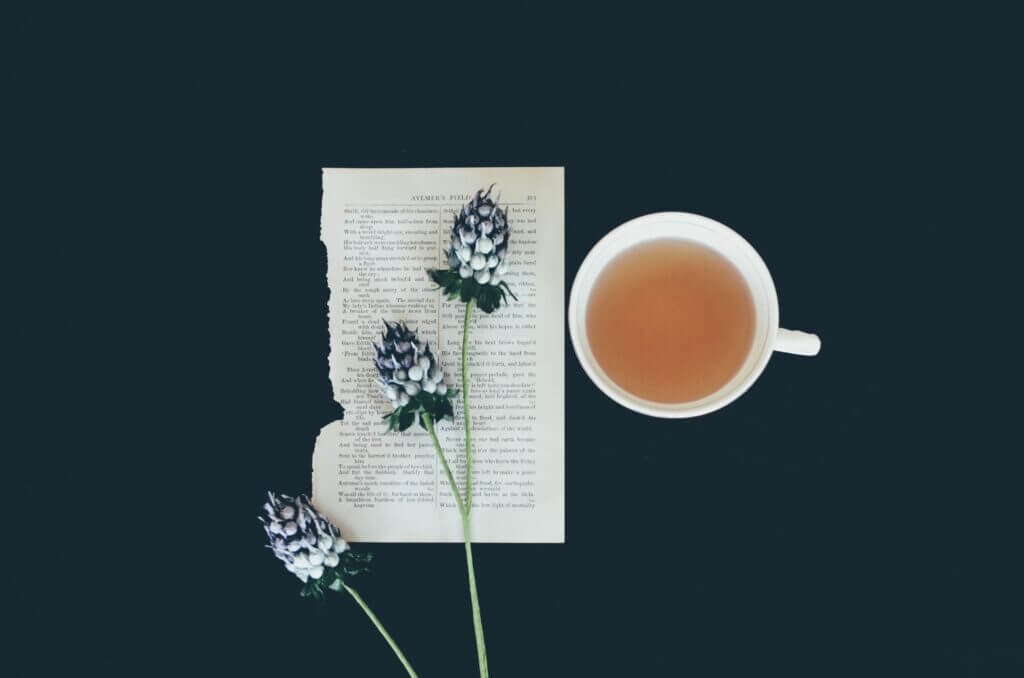When it comes to enjoying a delightful cup of specialty tea, the question of the recommended serving sizes often arises. How much should you pour into your favorite ceramic mug? Well, fear not, as this article has got you covered. Explored in detail are the ideal serving sizes for various types of specialty tea, allowing you to savor every fragrant sip without any doubt or hesitation. Whether you find yourself reaching for a soothing chamomile infusion or an invigorating green tea blend, get ready to discover the perfect amount of liquid comfort for your tea-drinking pleasure. So, let’s uncover the secrets behind the recommended serving sizes for specialty tea!

Types of Specialty Tea
When it comes to specialty tea, there are a variety of options to choose from. Each type of specialty tea has its own unique characteristics and flavors that cater to different preferences. Let’s explore some of the most popular types of specialty tea:
White Tea
White tea is known for its delicate and subtle flavors. It is made from the young leaves and buds of the tea plant, which are carefully harvested and minimally processed. White tea has a light and refreshing taste, often described as floral or slightly sweet. Due to its delicate nature, white tea should be brewed at a lower temperature and for a shorter duration to preserve its delicate flavors.
Green Tea
Green tea is one of the most widely consumed types of tea around the world. It is made from the leaves of the tea plant that are steamed or pan-fired to prevent oxidation. Green tea has a fresh and grassy flavor profile, with varying levels of astringency. It is known for its numerous health benefits, including a high concentration of antioxidants. When brewing green tea, it is recommended to use slightly cooler water and a shorter steeping time to avoid any bitterness.
Black Tea
Black tea is the most commonly consumed type of tea globally. It is fully oxidized, resulting in a robust and bold flavor. Black tea can vary in taste, from malty and rich to floral and fruity, depending on the region it is grown in. It is often enjoyed with milk and sugar, but can also be consumed without any additions. Black tea should be brewed with boiling water and steeped for a longer time to extract its full-bodied flavors.
Oolong Tea
Oolong tea falls between green and black tea in terms of oxidation levels. It is partially oxidized, resulting in a wide range of flavors and aromas. Oolong tea can range from light and floral to dark and toasty, depending on the specific variety. The brewing method for oolong tea can vary depending on the desired flavor profile, but generally, it is brewed with water temperature around 190-200°F and steeped for a moderate amount of time.
Herbal Tea
Herbal tea, also known as tisanes, does not come from the tea plant but is made from the infusion of various herbs, flowers, fruits, and spices. It is naturally caffeine-free and offers a wide range of flavors and health benefits. Herbal teas can have calming, invigorating, or soothing properties, depending on the ingredients used. The recommended brewing method for herbal tea varies depending on the specific ingredients used, but generally, boiling water or just below boiling is used, along with longer steeping times to extract the flavors effectively.
Rooibos Tea
Rooibos tea, also known as red tea, is made from the dried leaves of the Aspalathus linearis plant, native to South Africa. It has a naturally sweet and nutty flavor, often with hints of caramel. Rooibos tea is caffeine-free and has antioxidant properties. It can be enjoyed plain or with milk and sweeteners. To brew rooibos tea, boiling water is recommended, and it should be steeped for several minutes to fully develop its flavors.
Pu-erh Tea
Pu-erh tea is a fermented tea from the Yunnan province of China. It has a distinct earthy and robust flavor, often described as smooth and mellow. Pu-erh tea is known for its aging potential and is cherished by tea connoisseurs for its complex taste profile. The brewing method for Pu-erh tea includes using boiling water and longer steeping times to fully extract its rich flavors.

Factors Affecting Serving Size
Serving size is an important aspect to consider when brewing specialty tea. Several factors can influence the recommended serving size for each type of tea:
Caffeine Content
Caffeine content in tea can vary depending on the type and the brewing method used. Generally, white and green teas have lower caffeine content compared to black and oolong teas. Herbal teas, rooibos, and pu-erh teas are naturally caffeine-free. If you are sensitive to caffeine or prefer to limit your intake, opting for teas with lower caffeine levels or decaffeinated options might be a better choice.
Flavor Intensity
Different teas have varying levels of flavor intensity. Some teas, like black tea, have bold and robust flavors, while others, like white tea, have more delicate and subtle flavors. Consider the amount of flavor intensity you prefer when determining the serving size of tea. If you enjoy strong and bold flavors, you might opt for a larger serving size, whereas if you prefer more subtle flavors, a smaller serving size might be suitable.
Brewing Method
The brewing method can significantly impact the flavor and strength of the brewed tea. Some teas require specific water temperature, steeping time, or brewing vessel to bring out their best flavors. Following the recommended brewing instructions for each type of tea is essential to achieve the desired taste. Adjusting the brewing method can also affect the serving size, as some brewing techniques might require more tea leaves to achieve the desired flavor.
Desired Strength
Individual preferences for the strength of tea can vary. Some individuals prefer a bolder and more robust flavor, while others enjoy a milder taste. The desired strength of the tea can influence the amount of tea leaves or infusion time used. Experimenting with different strengths can help you find the perfect serving size that aligns with your taste preferences.

Recommended Serving Sizes
The recommended serving sizes for specialty tea can vary based on personal preferences and the factors mentioned above. However, here are some general guidelines to consider:
White Tea
For white tea, a typical serving size is around 2-3 grams of tea leaves per 8 ounces of water. This can be adjusted based on personal taste preferences. Brewing white tea for 3-4 minutes at a water temperature of around 170-180°F should provide a light and delicate flavor.
Green Tea
A recommended serving size for green tea is approximately 2-3 grams of tea leaves per 8 ounces of water. It is best to steep green tea for 1-3 minutes at a water temperature of 160-180°F. Adjusting the serving size or steeping time can achieve different flavor profiles, so feel free to experiment.
Black Tea
For black tea, a typical serving size ranges from 2-3 grams of tea leaves per 8 ounces of water. Black tea is often steeped for 3-5 minutes at a water temperature of 200-212°F. Adjusting the serving size or steeping time can result in a stronger or milder flavor, depending on your preference.
Oolong Tea
The recommended serving size for oolong tea is around 2-3 grams of tea leaves per 8 ounces of water. Oolong tea can be brewed for 3-5 minutes at a water temperature of 190-200°F. However, the brewing method can vary depending on the specific oolong tea, so it is best to follow the instructions provided by the tea producer.
Herbal Tea
The serving size for herbal tea can range from 1-2 teaspoons of herbs per 8 ounces of water, or depending on the specific herbal blend. Herbal teas are often steeped for 5-7 minutes at a water temperature of around 200°F or just below boiling. Adjust the serving size and steeping time based on the desired strength and flavor intensity.
Rooibos Tea
A recommended serving size for rooibos tea is approximately 1-2 teaspoons of tea leaves per 8 ounces of water. Rooibos tea can be steeped for 5-7 minutes at a water temperature of 200-212°F. Adjusting the serving size or steeping time can result in a stronger or milder flavor, depending on personal taste.
Pu-erh Tea
A typical serving size for pu-erh tea is generally around 2-3 grams of tea leaves per 8 ounces of water. Pu-erh tea can be steeped for 3-5 minutes at a water temperature of 200-212°F. However, the brewing method can vary depending on the specific pu-erh tea, so it is best to follow the instructions provided by the tea producer.
Remember, these serving sizes are just general recommendations. Feel free to adjust them based on personal preferences and experiment to find the perfect cup of specialty tea that suits your taste. Enjoy exploring the wonderful world of specialty teas and savor the unique flavors they offer!


